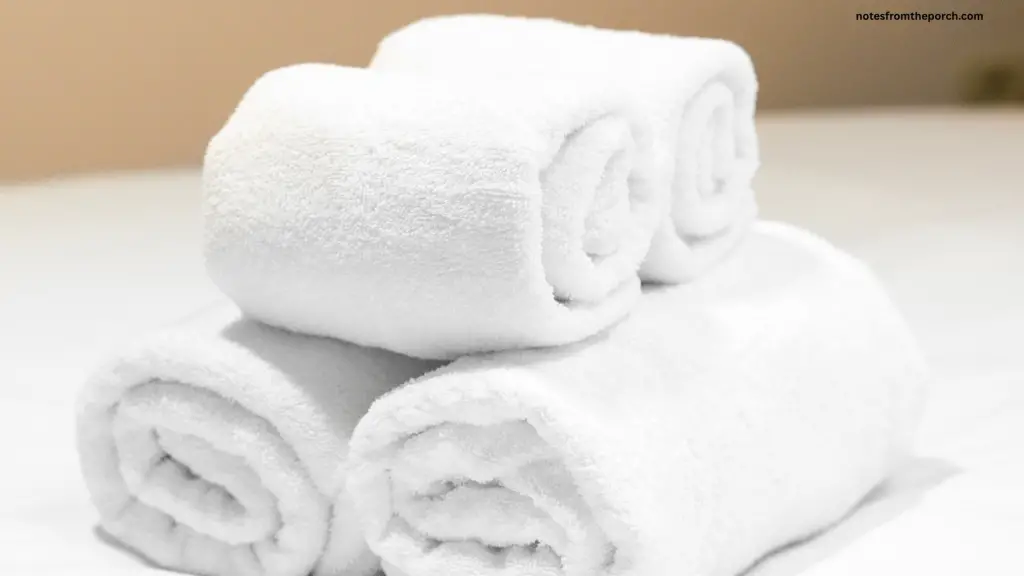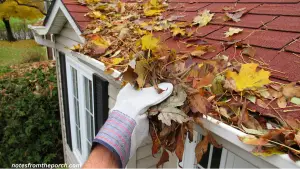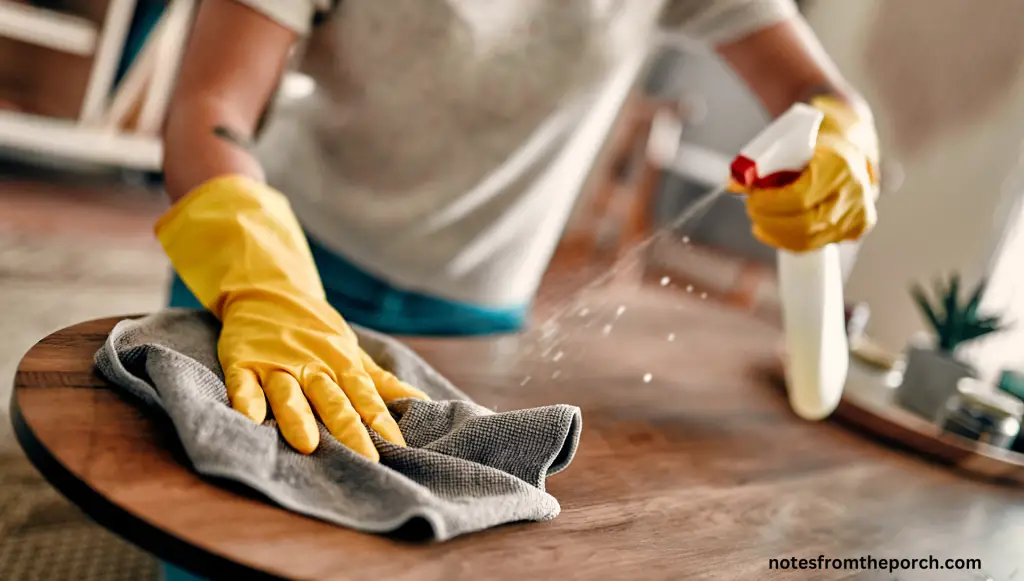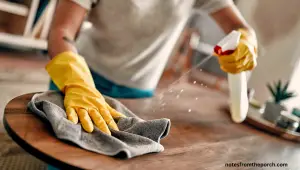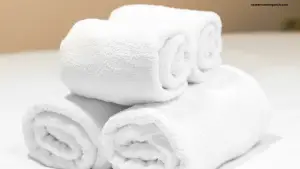
White towels give that clean, fresh, hotel-vibe feel… until they start turning dull, stiff, or yellow. If you’ve noticed your beautiful white towels looking more like “off-white,” don’t worry — you can bring them back to life with the right washing methods using natural, affordable ingredients like vinegar, hydrogen peroxide, and baking soda.
Here are 8 proven tips to keep your white towels bright, fresh, and fluffy.
1. Soak Towels Before Washing
Soaking your towels loosens deep dirt, body oils, and built-up detergent residue.
How to do it:
-
Fill a tub or large bucket with hot water
-
Add 1 cup baking soda + 1 cup white vinegar
-
Soak towels for 4–6 hours or overnight
-
Wring out and wash normally the next day
This soak helps lift grayness and refresh heavily used towels.
2. Use Hydrogen Peroxide for Deep Whitening
Hydrogen peroxide is a safe, non-chlorine bleach that breaks down stains and discoloration.
How to use it:
-
Add ½ to 1 cup of 3% hydrogen peroxide to the washing machine
-
Use hot water for best results
-
Wash towels alone (no dark clothes)
This works especially well for yellowed or dull towels.
3. Add Vinegar in the Rinse Cycle
Fabric softener causes buildup that makes towels feel stiff and look dingy. Vinegar removes that buildup.
How to use it:
-
Add 1 cup of white vinegar to the rinse cycle
-
Skip fabric softener entirely
It softens towels naturally and makes them more absorbent.
4. Pre-Treat Stains Before Washing
If your towels have makeup stains, blood, or mystery stains, don’t throw them in the wash just yet.
Easy stain treatment:
-
Mix baking soda + hydrogen peroxide into a paste
-
Apply directly onto the stain
-
Let it sit for 20–30 minutes
-
Rinse and wash as usual
This method lifts tough stains without damaging the fabric.
5. Soak Discolored Towels in Oxygen Cleaners
For gray or yellow towels, give them a deep oxygen soak.
DIY solution:
-
Hot water
-
½ cup baking soda
-
½ cup hydrogen peroxide
-
Soak for 3–5 hours
You’ll be amazed at how much color lifts out of the fabric.
6. Use Less Detergent
More detergent does not mean cleaner towels. It causes buildup that traps dirt and dulls whites.
Tip:
Use half the amount of detergent recommended on the label — especially if you have hard water.
7. Wash in Hot Water Occasionally
Warm water is fine for everyday washing, but hot water helps dissolve grease, oils, and soap buildup.
Use hot water once or twice a month for a deep reset wash with vinegar or hydrogen peroxide.
8. Dry Towels Properly for Extra Fluff
Over-drying makes towels stiff and rough.
Best method:
-
Dry on medium heat
-
Add wool dryer balls
-
Remove while still slightly warm and finish air-drying
This keeps them soft, fluffy, and full of life.
Final Thoughts
White towels need consistent care to stay bright. With simple ingredients like vinegar, hydrogen peroxide, and baking soda, you can naturally remove stains, discoloration, and dullness — without using harsh bleach.

